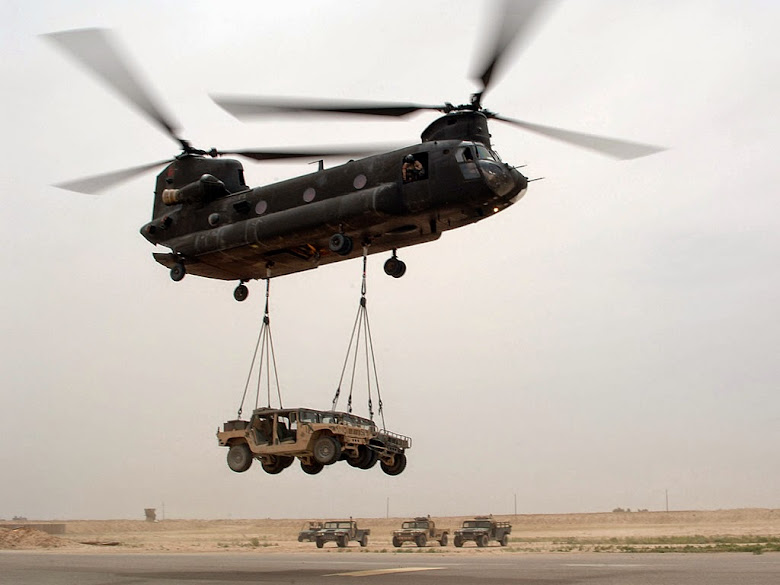Columbia Helicopters Awarded Chinook Maintenance Contract

http://www.oregonlive.com/business/i...s_lift.html
http://www.colheli.com/

Aurora-based Columbia Helicopters has announced this week the award of "one of our first larger prime contracts," said Scott Ellis, the company's director of business development.
The Army said Wednesday it picked Columbia over one other bidder to repair Chinook helicopter rotor heads. The five-year contract could be worth up to $30.55 million, depending on how many rotor heads the Army wants Columbia to repair. The Army said the contract would cover at least 10 rotor heads but could cover as many as 198.
Ellis said the work would be done at Columbia's facility in Aurora.
Columbia's founder, Wes Lematta, started the company in 1957 with a single helicopter. Now it says it is the world's only operator of commercial versions of the CH-47 Chinook and CH-46 Sea Knight helicopters, which serve in the forestry, construction and oil exploration sectors as well as government support and disaster relief. Military maintenance is an expanding division within the company.
The Army said Wednesday it picked Columbia over one other bidder to repair Chinook helicopter rotor heads. The five-year contract could be worth up to $30.55 million, depending on how many rotor heads the Army wants Columbia to repair. The Army said the contract would cover at least 10 rotor heads but could cover as many as 198.
Ellis said the work would be done at Columbia's facility in Aurora.
Columbia's founder, Wes Lematta, started the company in 1957 with a single helicopter. Now it says it is the world's only operator of commercial versions of the CH-47 Chinook and CH-46 Sea Knight helicopters, which serve in the forestry, construction and oil exploration sectors as well as government support and disaster relief. Military maintenance is an expanding division within the company.
http://www.colheli.com/



 OH-58D Kiowa's of the 4th Attack Reconnaissance Squadron which shall remain in South Korea
OH-58D Kiowa's of the 4th Attack Reconnaissance Squadron which shall remain in South Korea










Comment